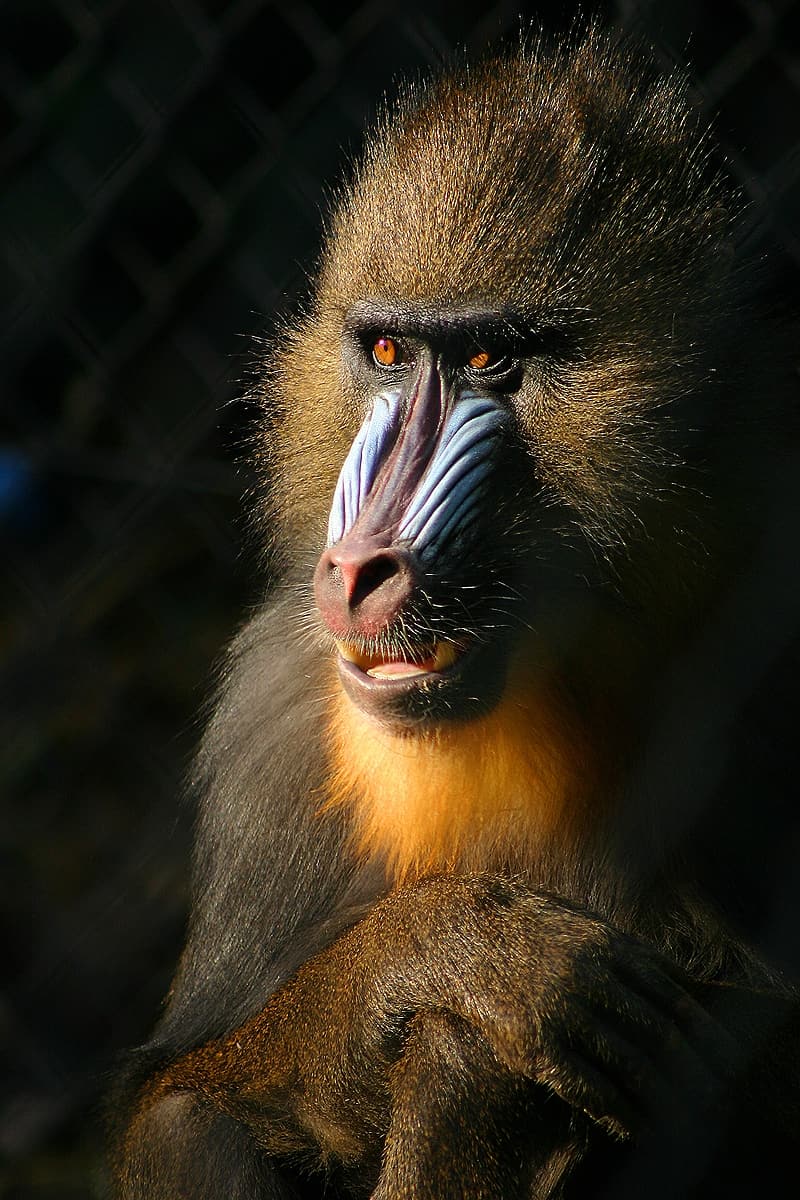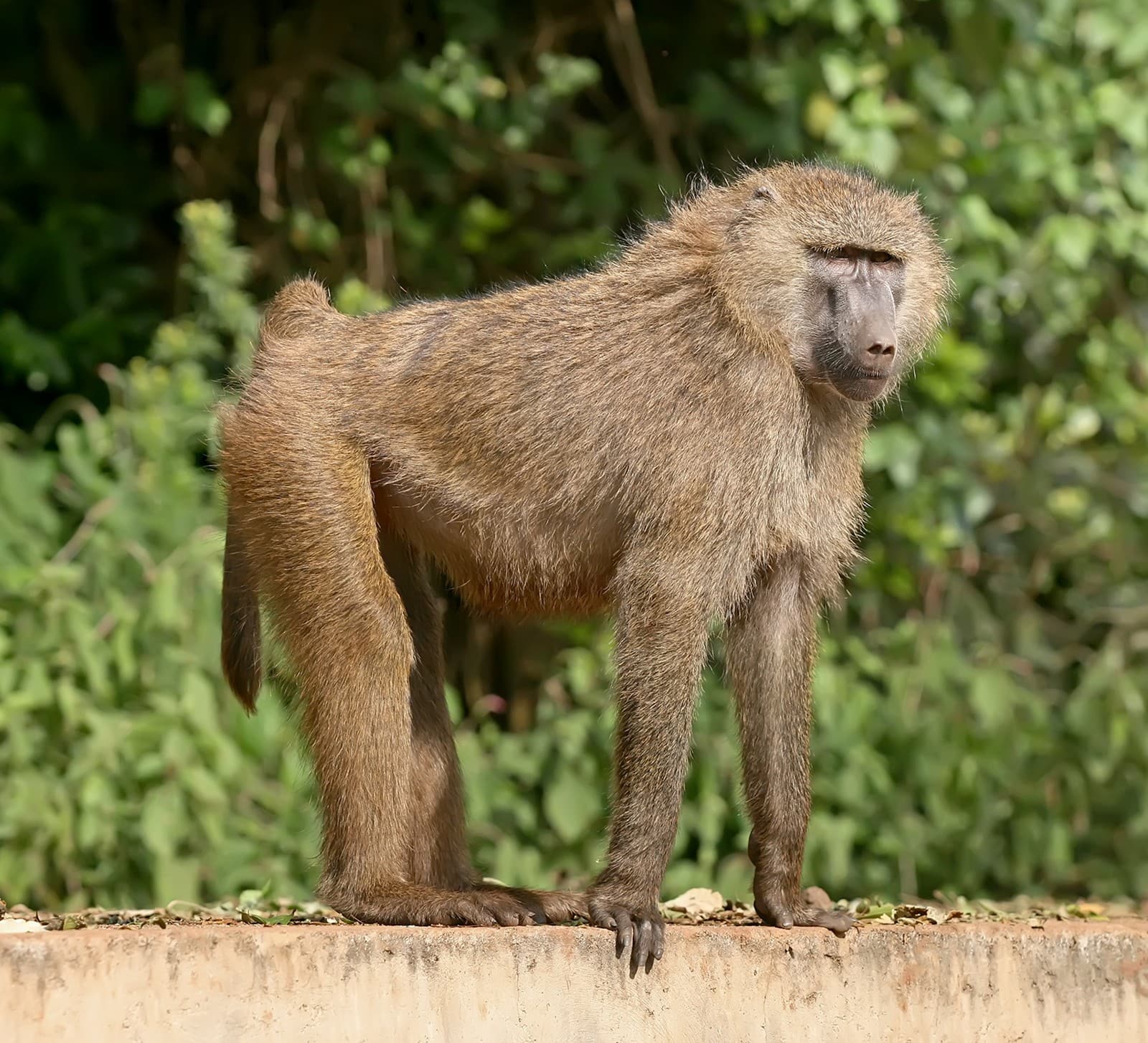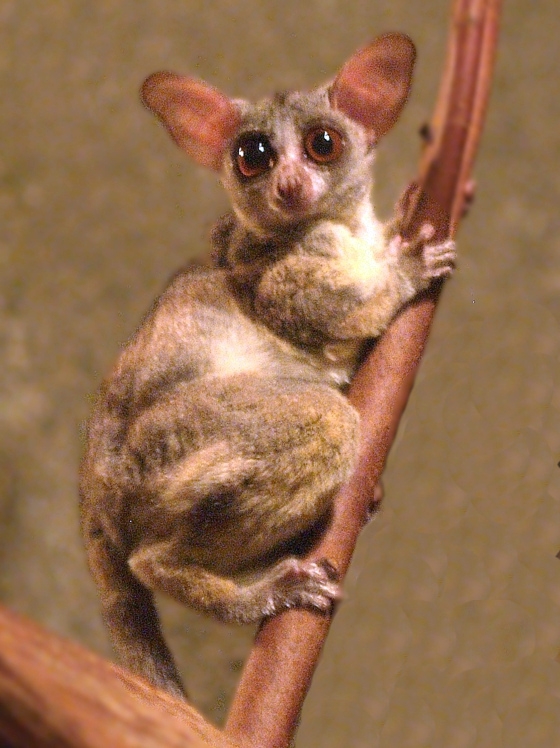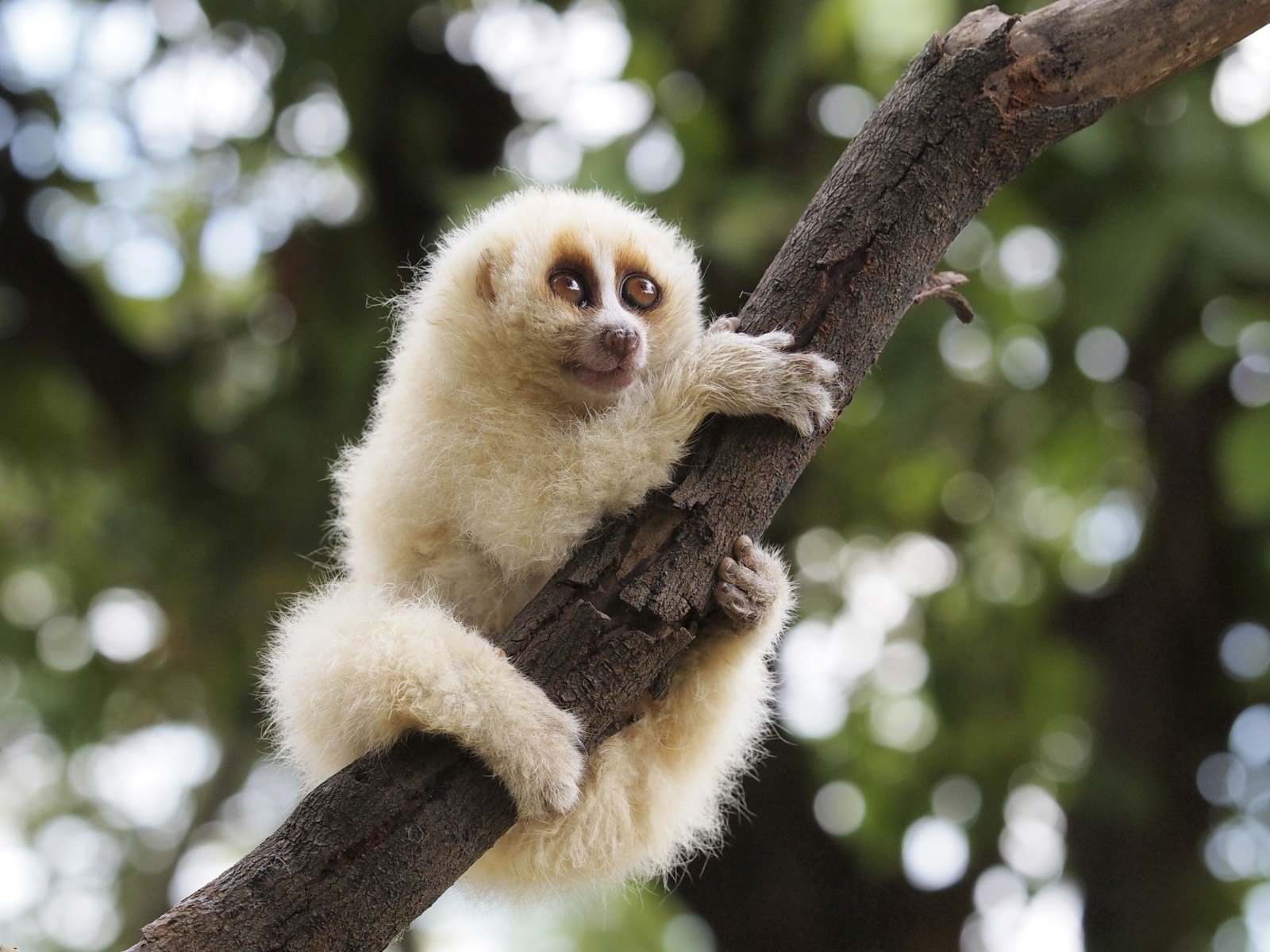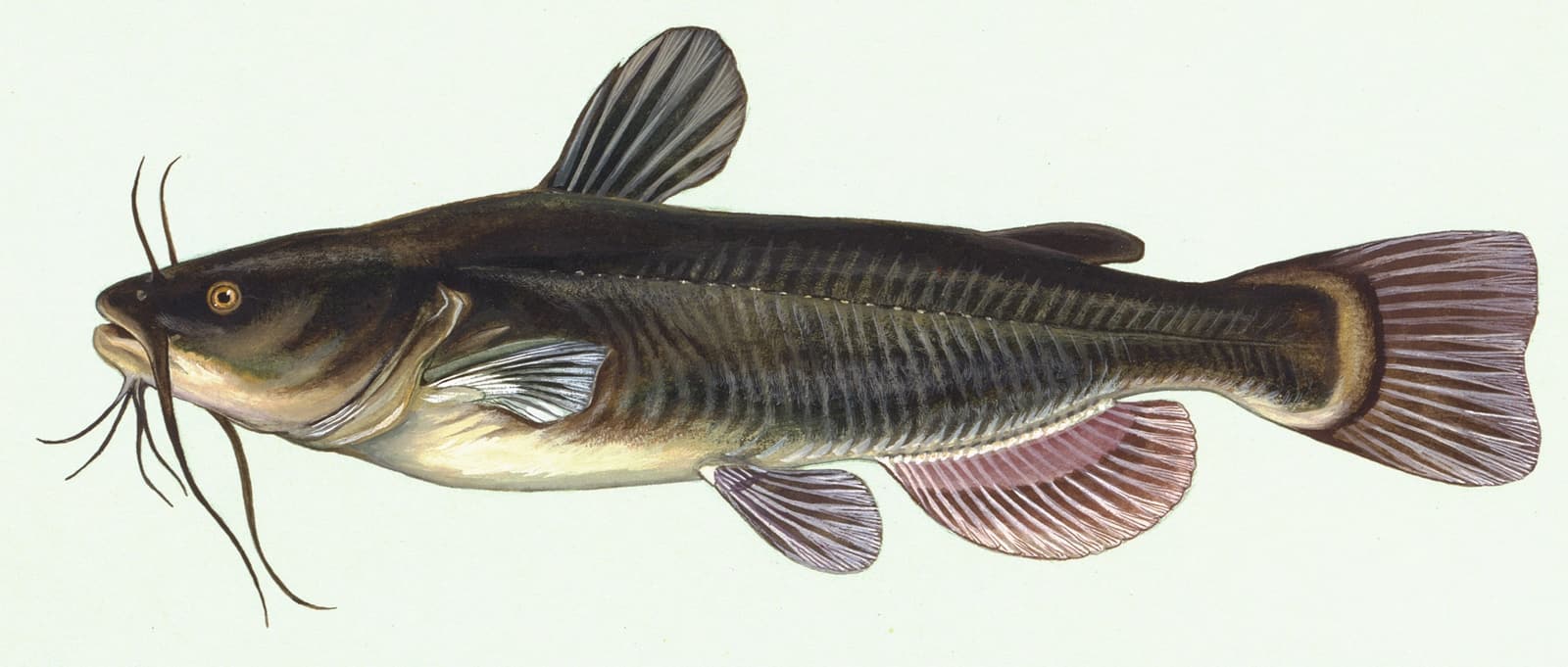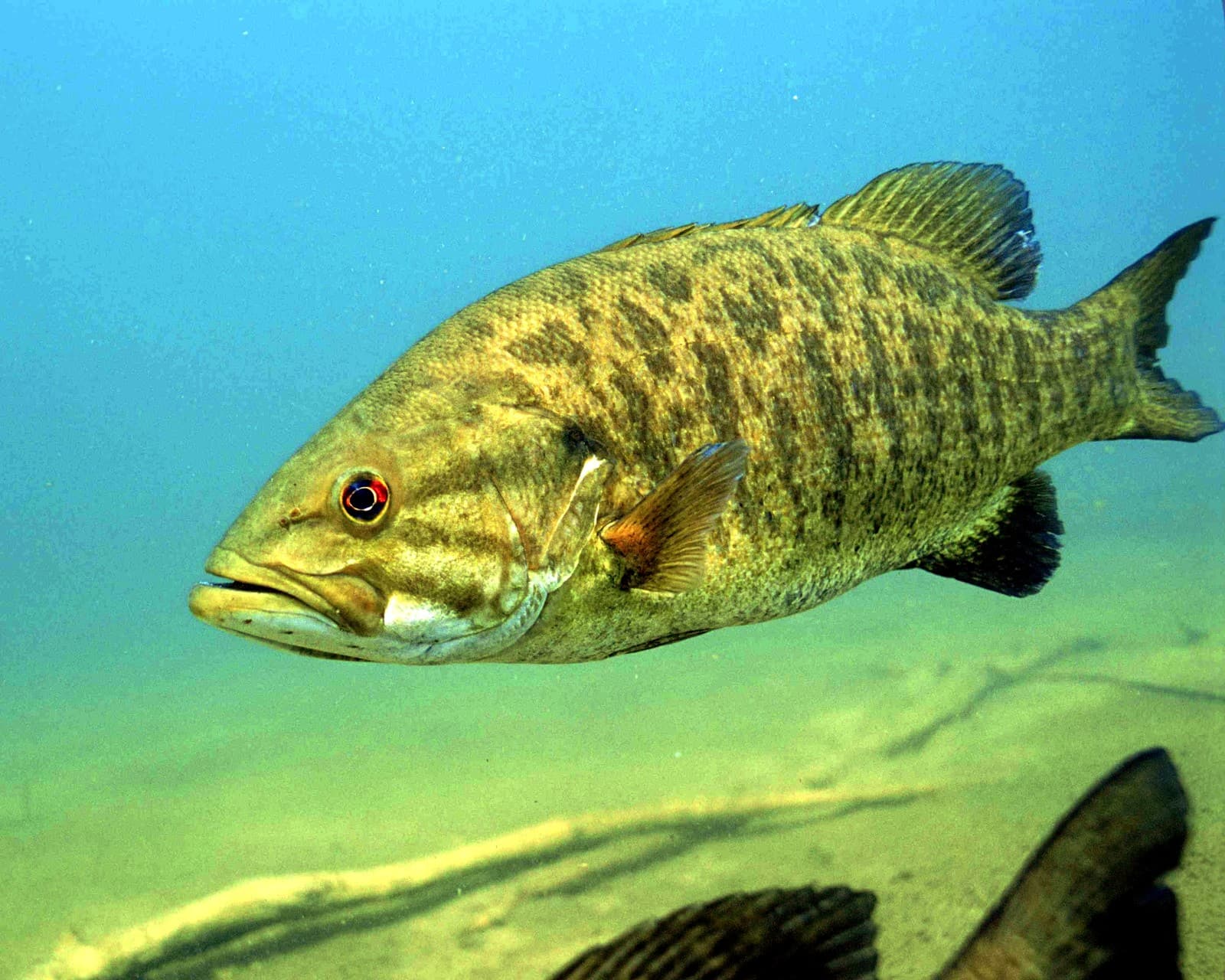Savannah Monitor vs Black-Throated Monitor: A Complete Comparison
When comparing the Savannah Monitor vs Black-Throated Monitor, size stands out as the most striking difference. Black-Throated Monitors typically reach lengths of 4-5 feet (1.2-1.5 m), while Savannah Monitors remain considerably smaller at 2-3 feet (0.6-0.9 m). These fascinating African reptiles, both members of the Varanus genus, exhibit distinct characteristics that make each species unique in its own right.
The size difference impacts everything from habitat requirements to dietary needs, making it crucial for potential keepers to understand these distinctions. Black-Throated Monitors require significantly larger enclosures and consume more food, while Savannah Monitors have become more popular in captivity due to their manageable size and relatively easier care requirements.
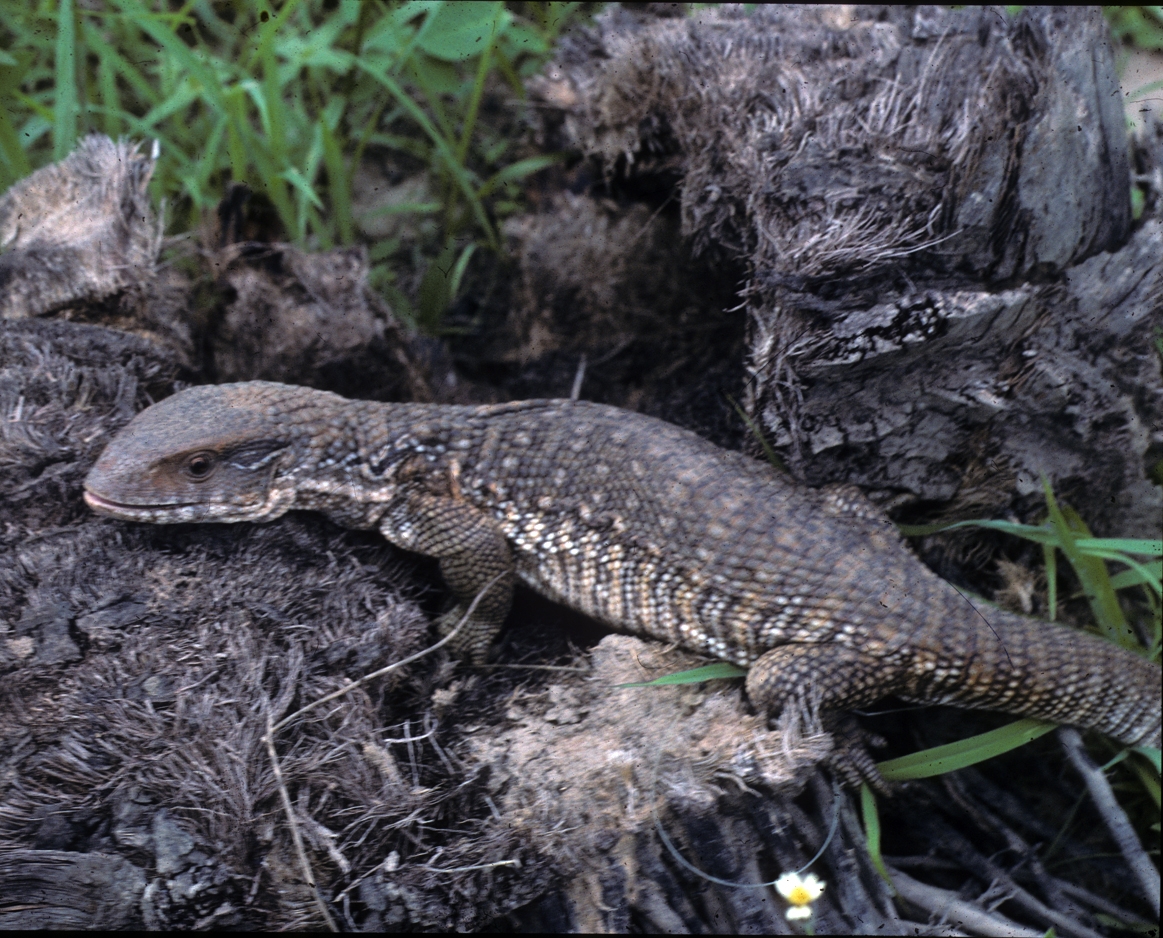
© Daniel Bennett / CC BY-SA 3.0
The Savannah Monitor (Varanus exanthematicus) displays its characteristic stocky build and robust body structure, perfectly adapted for life in African grasslands. Note the distinctive pattern of yellow-brown spots that aids in camouflage among sun-dappled savannah vegetation.
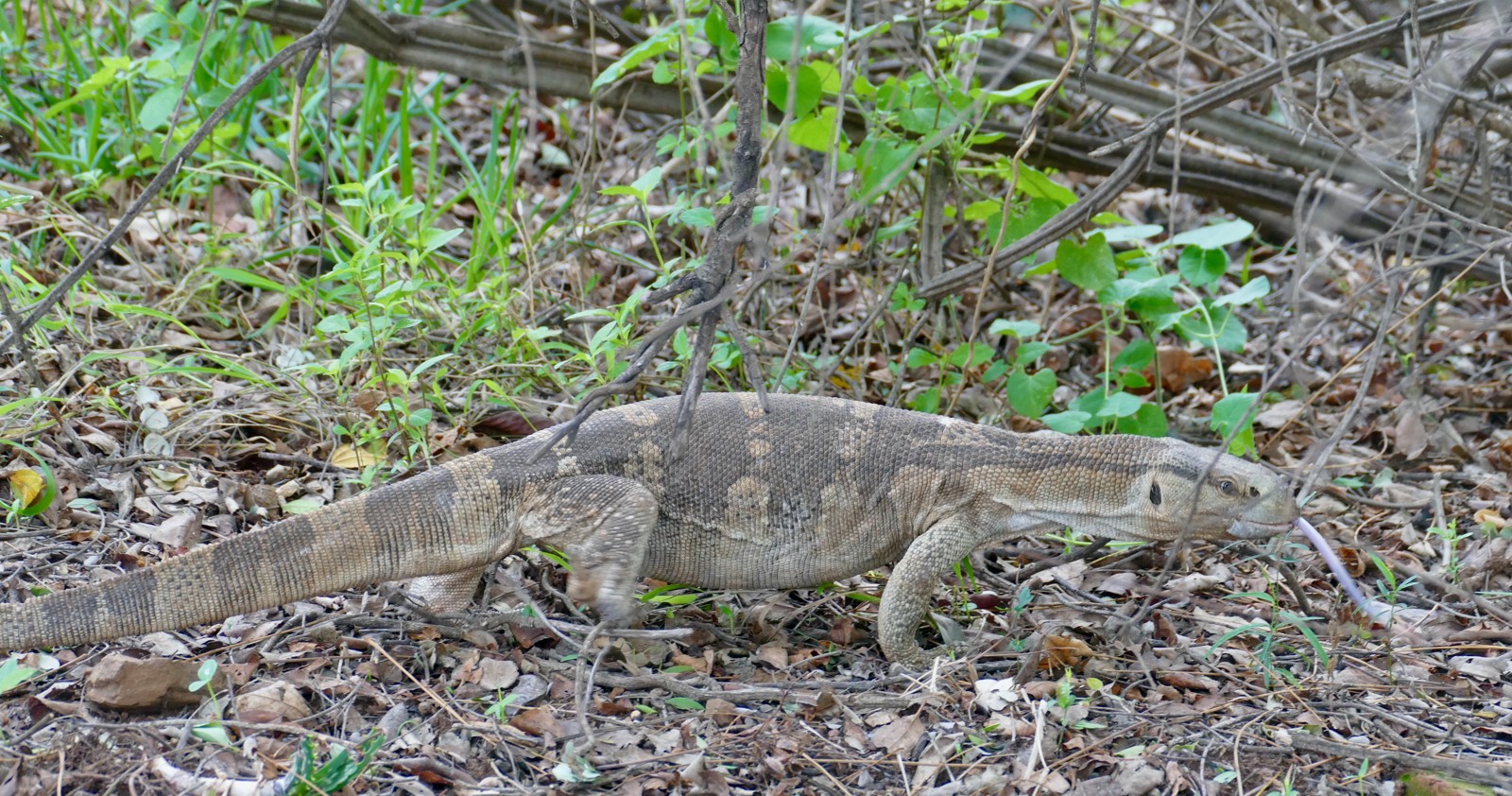
© Bernard DUPONT from FRANCE / CC BY-SA 2.0
The Black-Throated Monitor (Varanus albigularis) demonstrates its larger size and more elongated build. The distinctive dark coloration of the throat region, which gives this species its common name, sets it apart from its savannah-dwelling cousin.
Key Differences: Savannah Monitor vs Black-Throated Monitor
| Feature | Savannah Monitor | Black-Throated Monitor |
|---|---|---|
| Size | 2-3 feet (0.6-0.9 m) | 4-5 feet (1.2-1.5 m) |
| Weight | 6-13 lbs (2.7-5.9 kg) | 20-40 lbs (9-18 kg) |
| Habitat | Grasslands, savannas | Woodlands, rocky areas |
| Diet | Insects, small prey | Larger prey, including birds |
| Lifespan | 8-12 years | 12-20 years |
| Temperament | Generally calmer | More aggressive |
Habitat and Natural Range
Savannah Monitors inhabit the African savannas, preferring open grasslands with scattered trees and termite mounds. Their range extends across sub-Saharan Africa, from Senegal to Sudan. In contrast, Black-Throated Monitors occupy a more diverse range of habitats, including woodlands, rocky outcrops, and semi-forested areas, primarily in eastern and southern Africa.
Behavior and Intelligence
Both species demonstrate remarkable intelligence, but their behavioral patterns differ significantly. Savannah Monitors tend to be more terrestrial and exhibit calmer dispositions, making them more suitable for captive care. Black-Throated Monitors display more complex hunting strategies and are known for their impressive climbing abilities despite their larger size.
Diet and Hunting
The dietary requirements of these monitors reflect their size difference:
-
Savannah Monitors primarily feed on:
- Insects (especially termites)
- Small rodents
- Eggs
- Smaller lizards
-
Black-Throated Monitors consume:
- Large insects
- Birds
- Rodents
- Small mammals
- Eggs
- Other reptiles
Care Requirements in Captivity
When considering either species as a pet, space requirements differ dramatically:
-
Savannah Monitor enclosure needs:
- Minimum 8x4x4 feet (2.4x1.2x1.2 m)
- Basking spot of 120-130°F (49-54°C)
- Humidity 40-60%
-
Black-Throated Monitor enclosure needs:
- Minimum 12x8x8 feet (3.7x2.4x2.4 m)
- Basking spot of 130-140°F (54-60°C)
- Humidity 50-70%
Health and Lifespan
Black-Throated Monitors typically enjoy longer lifespans, reaching 12-20 years with proper care, while Savannah Monitors generally live 8-12 years. Both species are susceptible to similar health issues, including metabolic bone disease and obesity in captivity, making proper diet and UVB exposure crucial for their well-being.
Conservation Status
Neither species is currently considered threatened, but both face pressure from habitat loss and collection for the pet trade. The Savannah Monitor experiences more significant collection pressure due to its popularity in the pet trade, while the Black-Throated Monitor’s larger size naturally limits its appeal as a pet.
